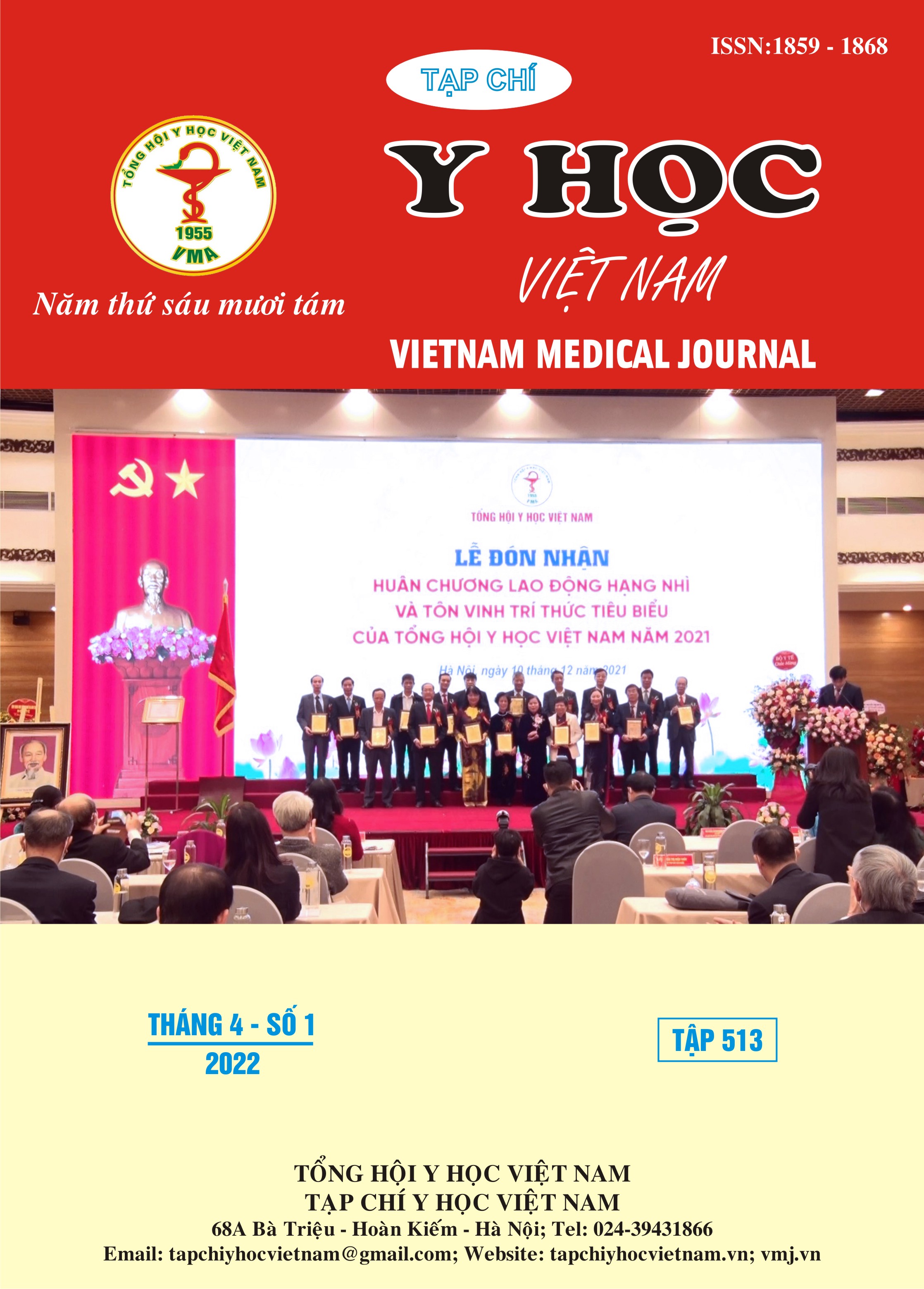TO COMPARE THE DEMAND FOR USEING MUSCLE RELAXAN IN LAPAROSCOPIC SURGERY IN GROUPS OF PATIENTS WITH OR WITHOUT HAD OBSERVED BY TOF WATCH
Main Article Content
Abstract
Laparoscopic surgery requires muscle relaxation to maintain the surgical field, stabilize the cardiovascular system, and ensure ventilation during inflation. In the past, muscle relaxants were used during induction as well as an adjunct to maintenance anesthesia period based on clinical experience and drug pharmacokinetics. The TOF Watch allows to assess the degree of muscle relaxation and guide to use drug supplementation based on objective parameters. We conducted a study to compare the demand for muscle relaxants in laparoscopic surgery in groups of patients with or without minitored by TOF Watch. Prospective study, randomized clinical intervention on 60 patients, divided into 2 groups, at Viet Duc Hospital from April to November, 2017. RESULTS: age, sex, ASA, operative time, and anesthesia time were similar in the two groups. There was no difference in the surgeon's assessment of the surgical status between the two groups. The group monitored by TOF Watch had less total muscle relaxant use during surgery compared with the group that was clinically monitored 45,327 ± 5,298 (mg) compared to 46,524 ± 5,386 (mg). The amount of muscle relaxant used in surgery by weight and time was also similar (0.216 ± 0.361 mg/kg/h versus 0.224 ± 0.362 mg/kg/h), the difference was not statistically significant with p > 0.05. Conclusion: patients who monitored by TOF Watch had less muscle relaxant used during laparoscopic surgery than the clinical monitoring group, but the difference was not statistically significant.
Article Details
Keywords
laparoscopic surgery, muscle relaxation, TOF Watch
References
2. M.H. Bruintjes et al (2017), Deep neuromuscular block to optimize surgical space conditions during laparoscopic surgery: a systematic review and meta-analysis. British Journal of Anesthesia. 118(6): 834-842.
3. Nguyễn Hữu Tú (2014), Gây mê hồi sức – Thuốc giãn cơ, Nhà xuất bản Y học, Tr 43
4. Nguyễn Thụ (2006), Bài giảng Gây mê hồi sức – Thuốc giãn cơ, Nhà xuất bản Y học, Tr 517
5. Thomas Fushs-Buder (2010), Neuromuscular monitoring in clinical practice and research, Springer, p:130.
6. Vương Hoàng Dung (2010), So sánh ảnh hưởng của gây mê bằng TCI Propofol vời Servofluran lên nhu cầu giãn cơ và tình trạng tồn dư giãn cơ ở bệnh nhân phẫu thuật bụng. Luận văn thạc sỹ Y học. Trường Đại học Y Hà Nội.
7. T.Wang et al (2014), Comparison of the duration of neuromuscular blockade following a single bolus dose of rocuronium during laparoscopic gynaecological surgery vs conventional open surgery. Anesthesia. 69(8): 854 – 859.
8. Yang Liu 1, Wen Cao et al (2017), Changes in duration of action of rocuronium following decrease in hepatic blood flow during pneumoperitoneum for laparoscopic gynaecological surgery. BMC Anesthesiol. 17(1):45.


